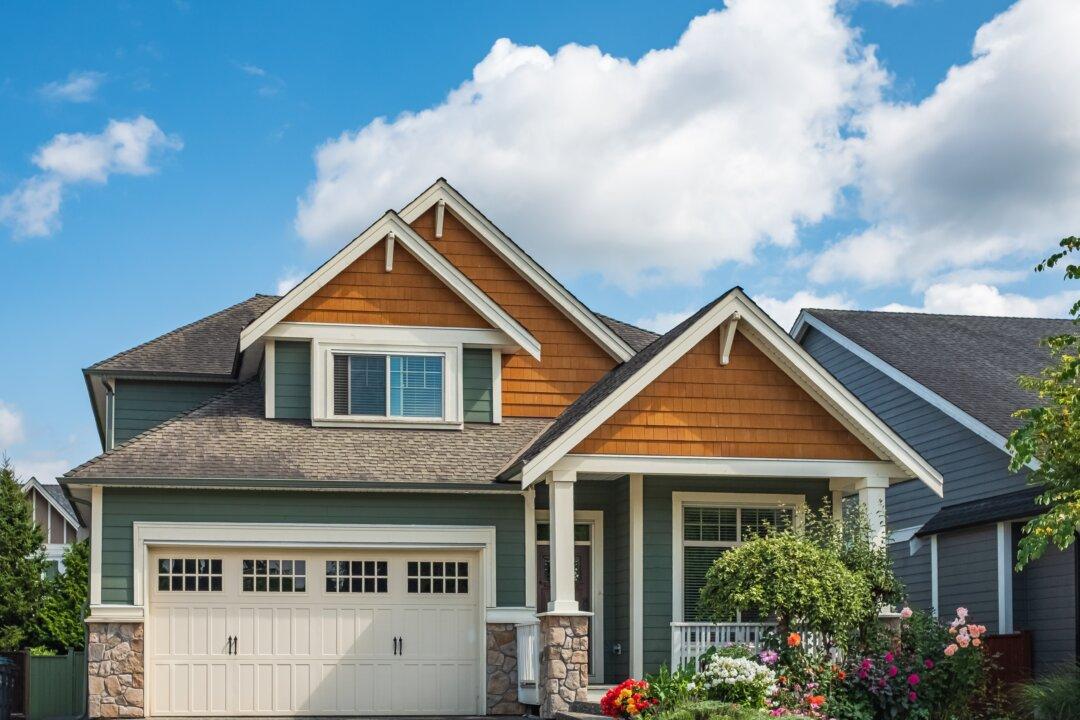Natural disasters have increased weather-related insurance claims and driven up homeowners’ insurance rates. The cost of rebuilding has also impacted rates. When buying a home, many are taking a hard look at the cost of insurance and the mortgage, and finding they can’t afford them. The question is: Can you afford homeowner’s insurance?
Prospective buyers aren’t the only ones feeling the strain; current homeowners are starting to forgo property insurance, and according to the Bipartisan Policy Center, in 2023, 12 percent were uninsured.






